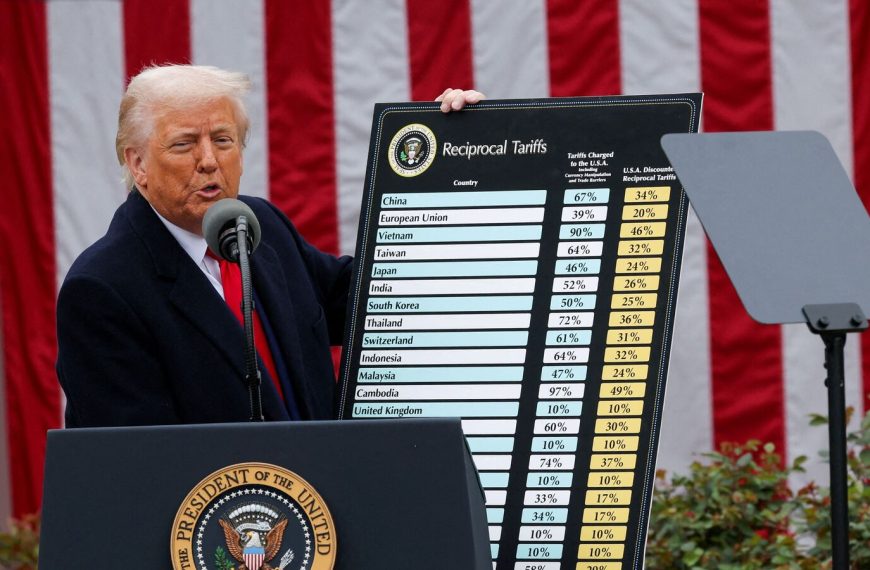The Indian stock market has been on a downward spiral for several months, grappling with a myriad of challenges, including global trade tensions, foreign investor withdrawals, and mounting concerns regarding corporate earnings. Analysts suggest that despite recent price drops, the market remains overvalued compared to historical norms. Mohit Gulati, Chief Investment Officer at ITI Growth Opportunities Fund, emphasized that the journey toward Financial Independence and Early Retirement (FIRE) is more complex than many realize, stating, "It’s refreshing to see people understand that financial success isn’t just about applying compound interest formulas."
Current Market Trends
As uncertainty looms, driven in part by Donald Trump’s stringent global policies, emerging markets like India face challenges such as tighter liquidity and increased sell-offs. The Nifty 50 index has witnessed a significant decline, dropping nearly 4% in the past month and almost 9% on a quarterly basis, as reported by Trendlyne. Rajesh Bhosale, an Equity Technical and Derivative Analyst at Angel One, noted a severe correction of over 16% from the index’s all-time high of 26,277 recorded in September. Currently, the index is approaching a vital support zone between 21,800 and 22,000, where it had previously rebounded before last year’s elections.
Seeking Market Recovery
Investors are anxiously looking for signs of recovery amid these steep declines. The D-Street is buzzing with speculation as experts analyze various factors that could potentially stabilize the market.
- Domestic Valuations: There is growing optimism as domestic valuations appear to be more reasonable.
- Easing Anxiety: The unease surrounding tariffs is beginning to dissipate.
- RBI’s Initiatives: The Reserve Bank of India is actively working to stabilize the rupee.
- Falling Crude Prices: A decrease in crude oil prices and steady inflation rates are also contributing to a more favorable economic outlook.
- Strong Domestic Investments: Increased budgetary measures aimed at stimulating growth through enhanced consumption and tax cuts are in play.
Factors Positively Impacting Emerging Markets
The decline of the US Dollar Index, which has now dipped below the 105-106 range, is creating a more favorable environment for emerging markets. Dr. V K Vijayakumar, Chief Investment Strategist at Geojit Financial Services, pointed out that India is currently outperforming the US market. In the last month, while the S&P 500 fell by 7.5%, the Nifty 50 only dropped by 2.7%. The trend of a weaker dollar not only helps reduce capital outflows from India but also strengthens market conditions.
Robust Domestic Support
Domestic Institutional Investors (DIIs) have injected approximately ₹1.51 lakh crore into the market this year, providing a buffer against Foreign Portfolio Investor (FPI) withdrawals. This substantial inflow has been crucial in maintaining market stability.
Economic Indicators and Future Prospects
Bajaj Broking Research suggests that keeping Brent crude prices below $72-75 is advantageous for India’s economic landscape. The yield on the US 10-year Treasury has also dropped to 4.25%, marking its lowest since December, which bodes well for emerging markets.
Dr. V K Vijayakumar noted that indicators point towards a potential recovery in economic growth, estimating a 7.5% GDP growth for Q4 FY25. As earnings growth follows, these signals present a positive outlook for the market.
Investment Strategies Moving Forward
In light of the current market environment, experts advise against trying to time the market. Instead, focusing on gradual accumulation of high-quality stocks—especially in large caps and select beaten-down mid and small caps—could be a more prudent approach. As Dr. V K Vijayakumar suggests, maintaining a level-headed strategy during market corrections can lead to better opportunities in the long run.
Investors should consider these insights when navigating the complexities of the current stock market landscape.











